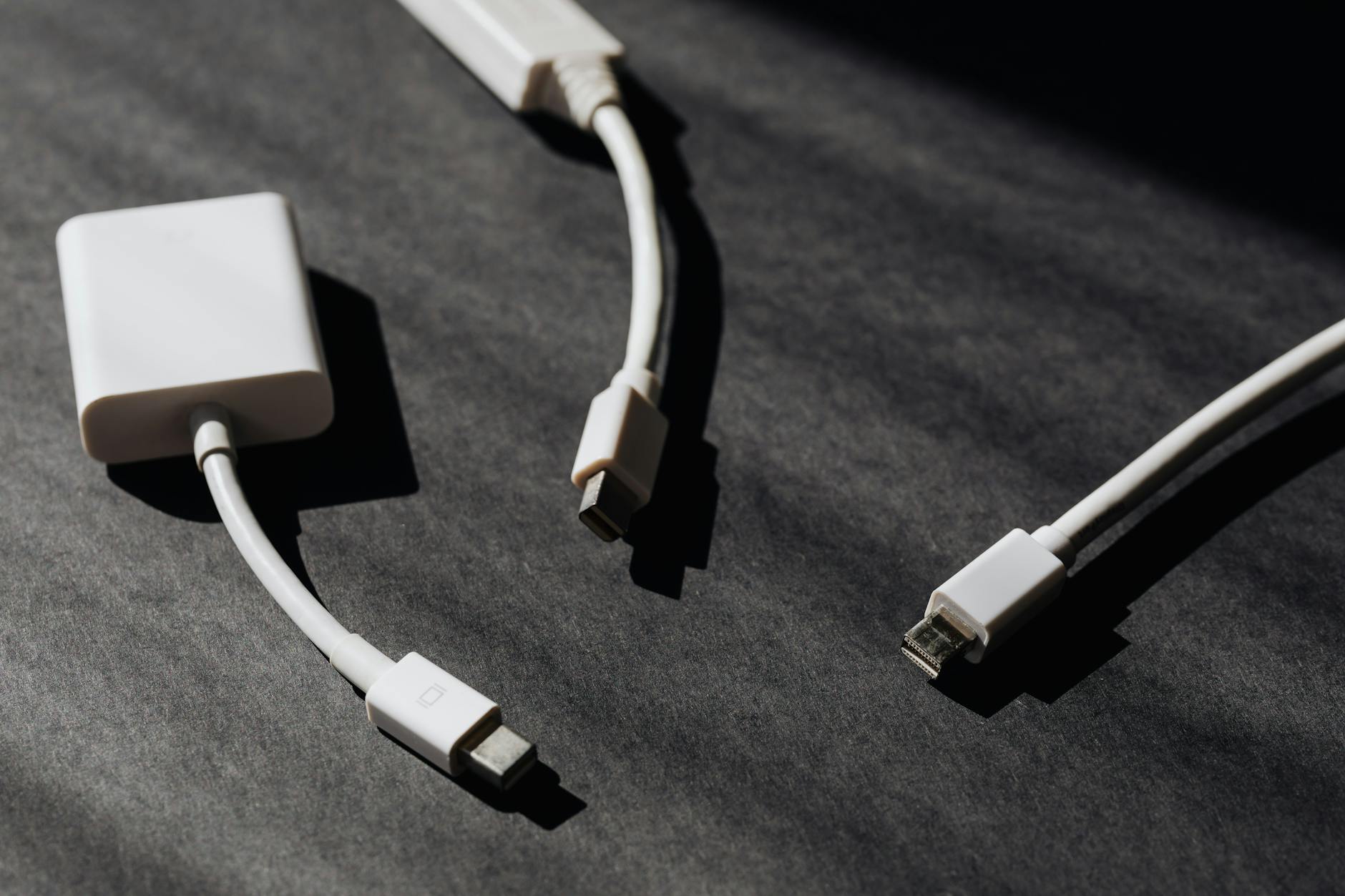Windows 101: Mastering the Art of Accessing Your Desktop

Unlock the secrets to seamless navigation with Windows 101 and discover the hidden tips and tricks for desktop accessibility.
Table of Contents
Welcome to Windows for Dummies, your go-to blog for mastering all things Windows operating system. Today, we're diving into the basics and giving you a step-by-step guide on how to start Windows on your computer. Whether you're a novice or a seasoned user, this blog post has something for everyone.
So, you've turned on your computer and are faced with the question, "How do I open Windows?" Well, that's where we come in. Windows is an operating system that powers the majority of computers worldwide, and knowing how to start it is essential for accessing all your files, programs, and settings.
Windows 10 vs. Windows 11
Before we delve into the start-up process, let's quickly touch on the differences between Windows 10 and Windows 11. While Windows 10 is a tried and tested version, Windows 11 offers a more streamlined and visually appealing experience. Both versions have their unique features, and deciding which one is right for you depends on your preferences and hardware compatibility.
Starting Windows 10
Starting Windows 10 is a straightforward process. Simply power on your computer, wait for the login screen to appear, and enter your user credentials. Once logged in, you'll be greeted by the familiar Start menu, where you can access your favorite apps, files, and settings with ease.
Starting Windows 11
Windows 11 introduces a revamped start-up experience compared to its predecessor. After turning on your computer and logging into your user account, you'll notice the updated Start menu, which now features a centered layout and customizable widgets. Take some time to explore the new features and make the most of your Windows 11 experience.
Troubleshooting Windows Start Issues
Encountering start-up problems is not uncommon, but fret not, as Windows offers several troubleshooting options. If your computer fails to start properly, you can boot into Safe Mode to diagnose issues or utilize the Windows Recovery Environment to fix start-up errors. These tools can help you get your system up and running in no time.
| Lesson Number | Lesson Title | Description |
|---|---|---|
| 1 | Logging In | Learn how to log in to your Windows desktop using your username and password. |
| 2 | Understanding the Desktop | Explore the different components of the Windows desktop such as icons, taskbar, and wallpaper. |
| 3 | Navigating the Start Menu | Master the Start Menu to quickly access programs, files, and settings on your computer. |
| 4 | Customizing Your Desktop | Learn how to personalize your desktop by changing background, theme, and desktop icons. |
| 5 | Creating Shortcuts | Discover how to create shortcuts to your favorite programs or files for easy access. |
Conclusion
Mastering the art of starting Windows is a fundamental skill for any computer user. Whether you're using Windows 10 or Windows 11, understanding the start-up process can save you time and frustration. Practice starting Windows regularly to familiarize yourself with the process and unlock the full potential of your Windows experience.
With Windows for Dummies by your side, you're on your way to becoming a Windows pro in no time. Stay tuned for more easy how-to guides, FAQs, and expert tips to enhance your Windows journey. Happy computing!
FAQ
How do I start Windows 10?
Answer 1: To start Windows 10, simply power on your computer, wait for the login screen, and enter your user credentials. Once logged in, you'll be directed to the Start menu, where you can access all your apps and files.
What are the differences between Windows 10 and Windows 11?
Answer 2: Windows 10 is a stable version, while Windows 11 offers a more modern interface with a centered Start menu and customizable widgets. Deciding between the two depends on your preferences and hardware compatibility.
How can I troubleshoot Windows start-up issues?
Answer 3: If you encounter start-up problems, you can boot into Safe Mode or use the Windows Recovery Environment to diagnose and fix issues. These tools help identify and resolve start-up errors quickly.
Where can I find more desktop tips and tricks for Windows?
Answer 4: For more desktop tips and tricks for Windows, subscribe to Windows for Dummies. Stay updated on easy how-to guides, FAQs, and expert advice to enhance your Windows experience and become a pro user in no time.



